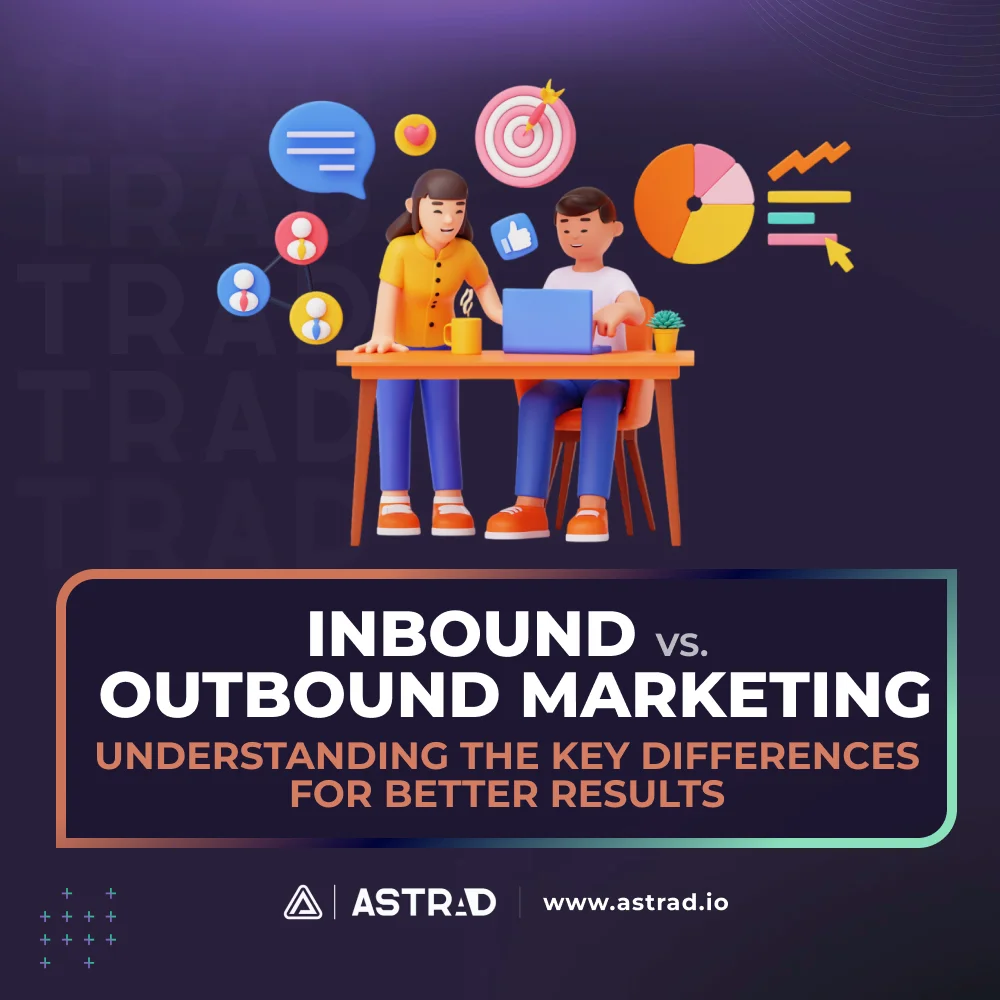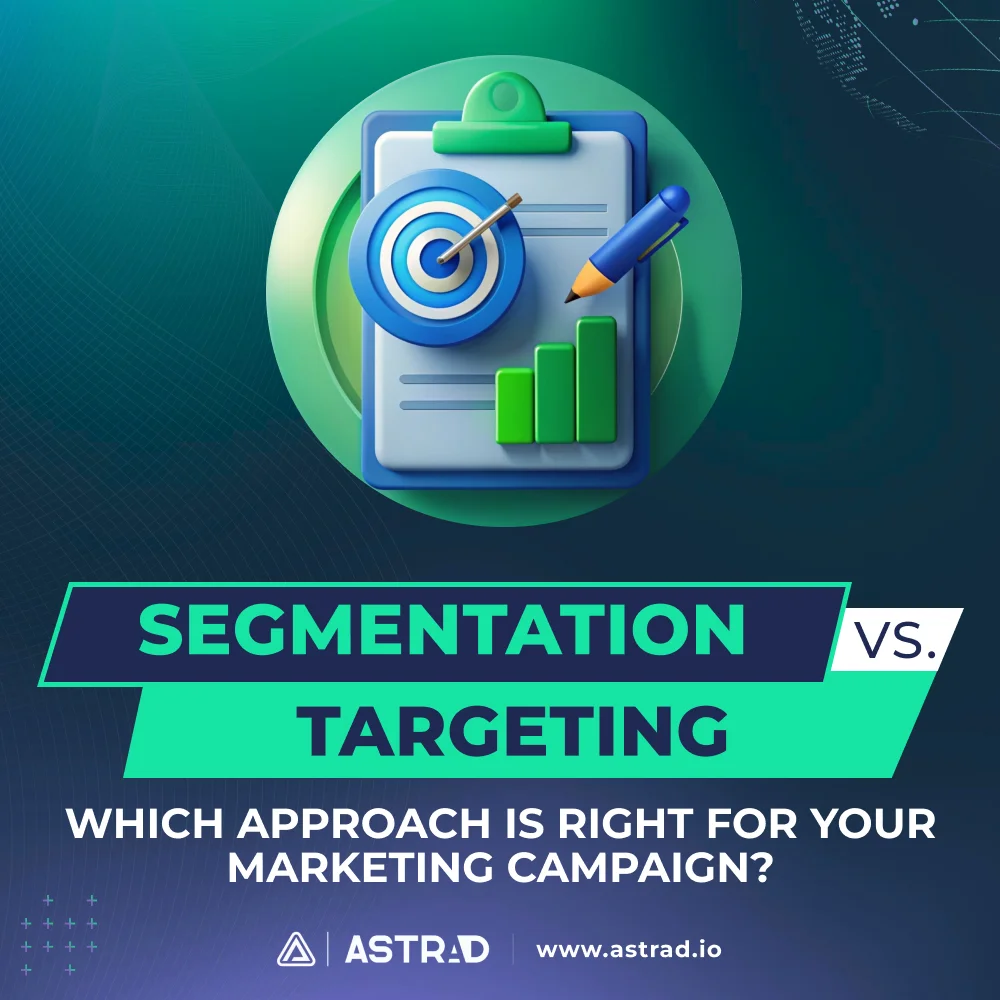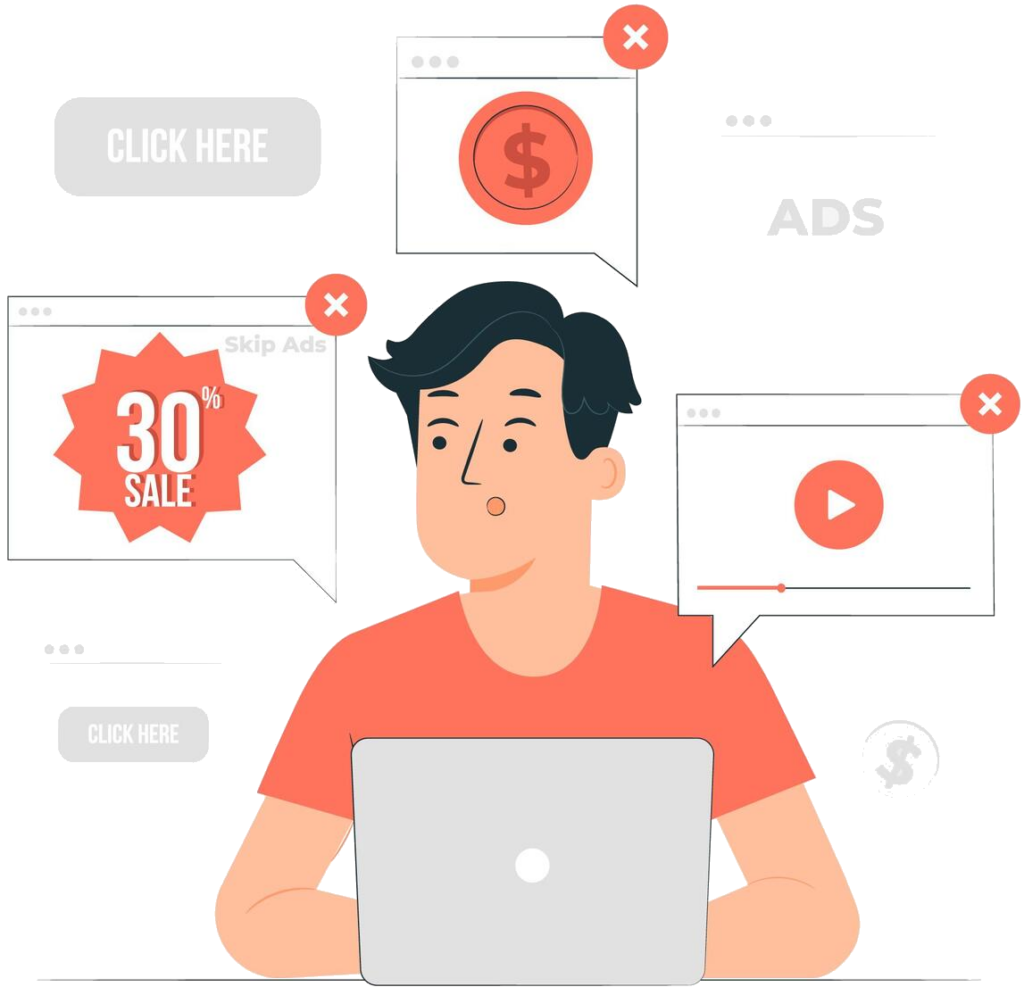Back in the Mad Men era, advertisers would create one brilliant campaign and blast it to everyone who owned a television or read a newspaper. Don Draper could craft a single tagline and call it a day. Fast-forward to today, and that approach is about as effective as using a rotary phone to send a text message.
Modern consumers are drowning in a sea of generic ads that feel like digital wallpaper—present but completely ignored. The average person encounters thousands of marketing messages daily, and most get filtered out faster than spam emails. But here’s where dynamic ads flip the script entirely.
These aren’t your grandfather’s advertisements. Dynamic ads are like having a marketing team of thousands, each one crafting personalized messages for individual customers in real-time. They’re the difference between a street vendor shouting at everyone who walks by and a personal concierge who knows exactly what you want before you ask.
What Are Dynamic Ads?
Dynamic ads are personalized, automatically generated ad creatives that morph and adapt based on who’s looking at them. While traditional ads show the same content to everyone, dynamic advertising creates unique experiences for each viewer using real-time data about their behavior, preferences, and past interactions with your brand.
Picture a chameleon that changes colors based on its environment—that’s essentially what dynamic ads do with content. They pull information from multiple data sources to create ads that feel custom-made for each individual viewer.
The technology behind dynamic ads works like a digital matchmaker. When someone visits your website, browses specific products, or takes certain actions, that information gets catalogued and fed into an algorithm. This system then automatically selects the most relevant products, images, headlines, and offers for that specific person.
Key Components That Power Dynamic As
- Real-time data collection from website interactions and user behavior
- Product catalogs that automatically sync with current inventory and pricing
- Audience segmentation based on demographics, interests, and purchase history
- Creative templates that can be automatically populated with relevant content
- Machine learning algorithms that optimize ad performance over time
How Dynamic Ads Boost Brand Visibility
The battle for attention has never been fiercer. Brands aren’t just competing with direct competitors anymore—they’re fighting against cat videos, news feeds, and whatever else is vying for eyeball real estate on people’s screens. Dynamic digital advertising gives brands a crucial advantage in this attention economy.
Enhanced Personalization Drives Higher Engagement
Generic ads are like elevator music—they’re there, but nobody’s really listening. Dynamic ads, on the other hand, grab attention because they feel personally relevant to each viewer.
When someone sees an ad featuring products they’ve actually looked at or content that matches their interests, their brain does a double-take. It’s the difference between hearing your name called in a crowded room versus hearing generic background chatter.
This personalization extends beyond just showing relevant products. Dynamic ads can adjust messaging tone, highlight different features, or emphasize benefits that matter most to specific audience segments. A fitness enthusiast might see ads emphasizing performance features, while a casual user sees comfort and style benefits for the same product.
Elements that make dynamic ads more engaging:
- Product recommendations based on actual browsing behavior
- Personalized headlines that speak to individual interests and needs
- Location-based messaging that highlights local availability or events
- Time-sensitive offers that create urgency for specific user segments
- Visual elements that match user preferences or demographic characteristics
Increased Reach Across Multiple Platforms
One of the biggest advantages of dynamic ads is their ability to maintain personalization while scaling across multiple platforms and channels. Whether someone is scrolling through Instagram, browsing websites, or checking email, dynamic ads can deliver consistent, personalized messaging.
Traditional advertising requires creating separate campaigns for different platforms, each with unique creative requirements and specifications. Dynamic ads solve this by automatically adapting content formats, sizes, and specifications to match each platform’s requirements while maintaining the personalized messaging.
This cross-platform consistency helps reinforce brand visibility by creating cohesive experiences regardless of where customers encounter your ads. A customer might see a dynamic ad for running shoes on Facebook, then encounter a similar personalized ad on a sports website, creating multiple touchpoints that build brand awareness.
Real-Time Adaptability for Trending Content and Offers
Markets move fast, and dynamic ads move with them. Unlike static campaigns that require manual updates and approvals, dynamic ads can automatically adjust content based on changing inventory, seasonal trends, or promotional offers.
When a product goes out of stock, dynamic ads automatically stop showing it and pivot to similar available items. During a flash sale, pricing updates in real-time across all active campaigns. If there’s a sudden surge in demand for certain products, dynamic ads can automatically prioritize them in recommendations.
This real-time adaptability keeps brands visible and relevant even when market conditions change rapidly. Instead of running outdated campaigns or missing opportunities due to slow manual updates, dynamic ads ensure messaging stays current and accurate.
How Dynamic Ads Increase Conversions
Visibility is just the first step—the real magic happens when dynamic ads turn that attention into actual sales. The personalization and relevance that make dynamic ads visible also make them incredibly effective at driving conversions.
Better Targeting Reduces Wasted Spend
Traditional advertising often feels like using a sledgehammer when you need a scalpel. You end up showing ads to people who have no interest in your products, wasting budget on impressions that will never convert.
Dynamic ads flip this equation by serving personalized content to people who have already demonstrated interest. Instead of guessing what might appeal to broad audience segments, these ads use actual behavior data to target individuals with content they’re likely to find relevant.
This precision targeting means higher click-through rates, better engagement metrics, and ultimately more conversions per dollar spent. When ads show products people have actually looked at or content that matches their demonstrated interests, the likelihood of conversion increases dramatically.
Retargeting Visitors with Tailored Content
Shopping cart abandonment is the bane of every e-commerce business—customers get right to the edge of purchase, then disappear. Dynamic ads excel at bringing these almost-customers back with personalized reminders and incentives.
But this isn’t just about showing people the same products they abandoned. Smart dynamic ads can recommend complementary items, highlight limited-time discounts, or showcase customer reviews for products people were considering.
Effective dynamic retargeting strategies:
- Abandoned cart reminders with personalized discount codes
- Cross-sell campaigns featuring complementary products
- Inventory alerts for items that are running low or back in stock
- Social proof elements like reviews or popularity indicators
- Sequential messaging that addresses common purchase objections
Creating Urgency with Dynamic Messaging
Nothing motivates action quite like scarcity and urgency, and dynamic ads can create these psychological triggers automatically. When inventory runs low, ads can display “only 3 left in stock” messages. During limited-time sales, countdown timers can tick down in real time.
This dynamic urgency feels authentic because it’s based on real data, not manufactured scarcity. Customers can see that the urgency is genuine, which makes them more likely to act quickly rather than delay their purchase decision.
The beauty of dynamic urgency is that it scales automatically. Instead of manually updating campaigns to reflect changing inventory or promotion deadlines, the system handles these updates in real-time across all active ads.
Making Dynamic Ads Work for Your Brand
Dynamic ads represent a fundamental shift from broadcast advertising to personalized communication. They’re not just a new ad format—they’re a completely different approach to how brands connect with potential customers.
The brands that succeed with dynamic advertising understand that it’s not about creating one perfect ad—it’s about creating systems that can generate thousands of relevant ads automatically. This requires investment in data infrastructure, creative templates, and ongoing optimization.
But the payoff is substantial. Dynamic ads typically deliver higher engagement rates, better conversion performance, and more efficient use of advertising budgets compared to traditional static campaigns.
The key is starting with clear objectives and building campaigns that align with specific business goals. Whether the focus is brand awareness, lead generation, or direct sales, dynamic ads can be configured to optimize for different outcomes.
Start by implementing dynamic ads for your highest-value products or services, then expand based on performance and learnings. The technology is sophisticated, but the principle is simple: show people what they want to see, when they want to see it, and watch your visibility and conversions grow accordingly.






